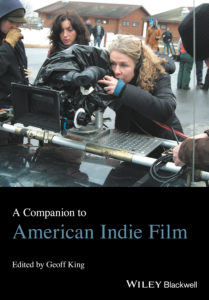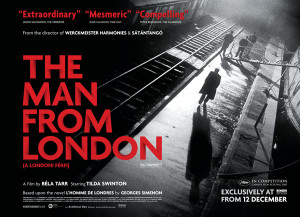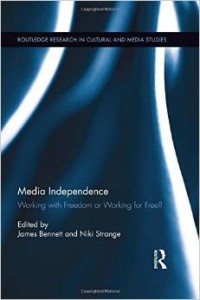I’m delighted to be able to report that I’ve managed to get the original title restored for my forthcoming book on art cinema, which will now be called Positioning Art Cinema: Film and Cultural Value, which represents the focus of the book much better than the bland ‘Art Cinema’ main title that was previously insisted on the publisher. This was the rather fortunate fall-out, for me, of the recent take-over of I B. Tauris by Bloomsbury.
What follows is a draft cover blurb for the book, which is due out at the end of October. Should be able to post a cover image soon.
Positioning Art Cinema: Film and Cultural Value offers a unique examination of the way art cinema is positioned in the film landscape and how its cultural value is established. It explores a range of types of art cinema and its framing within critical and academic discourse, seeking to explain the broader socio-cultural basis of its appeal to particular audiences.
Geoff King argues that there is no single definition of art cinema, but a number of distinct and recurrent tendencies are identified. At one end of the spectrum are films accorded the most ‘heavyweight’ status, offering the greatest challenges to viewers. Others mix aspects of art cinema with more accessible dimensions such as uses of popular genre frameworks and ‘exploitation’ elements involving explicit sex and violence. Including case studies of films such as Michael Haneke’s Hidden, Béla Tarr’s The Turin Horse and PedroAlmodóvar’s All About My Mother, this is a crucial contribution to understanding both art cinema itself and the usually taken-for-granted bases on which it is accorded cultural value.







